10 Wild Animals in Monaco [Wildlife in Monaco]
Want to know more about wildlife in Monaco?
Discover 10 wild animals in Monaco in this post, as well as interesting facts about them. 🇲🇨
Learn All About Monacan Animals
Ready to learn all about Monacan animals?
I’ve always been fascinated by animals, and by how they can be so different from one country to another. In this guide, we’ll focus on the many animals Monaco has on the land, in the sky, and under water.
I’ve split the guide into 4 categories:
- Native animals from Monaco
- Endangered animals of Monaco
- What is the national animal of Monaco?
- How many animals native to Monaco?
Let’s dive in right away with our first category!
Native Animals from Monaco
Monaco is a European microstate located in the western part of the continent, next to the Mediterranean Sea. It is the second smallest country in the world after Vatican City, is widely known as one of the wealthiest and most expensive places in the world, and is governed under a form of constitutional monarchy. It is surrounded by France to the north, east and west and has access to the Mediterranean Sea in the south (although it is the world’s smallest coastline at 3.83 km / 2.38 mi long), and its capital city is Monaco, which counts more than 1,000 inhabitants.
An interesting part of the country that I wanted to tackle is its wildlife. In light of that, I have listed the best of it, and I hope you will love learning what animals live in Monaco.
Here’s the Monaco animals list.
1. Roe deer
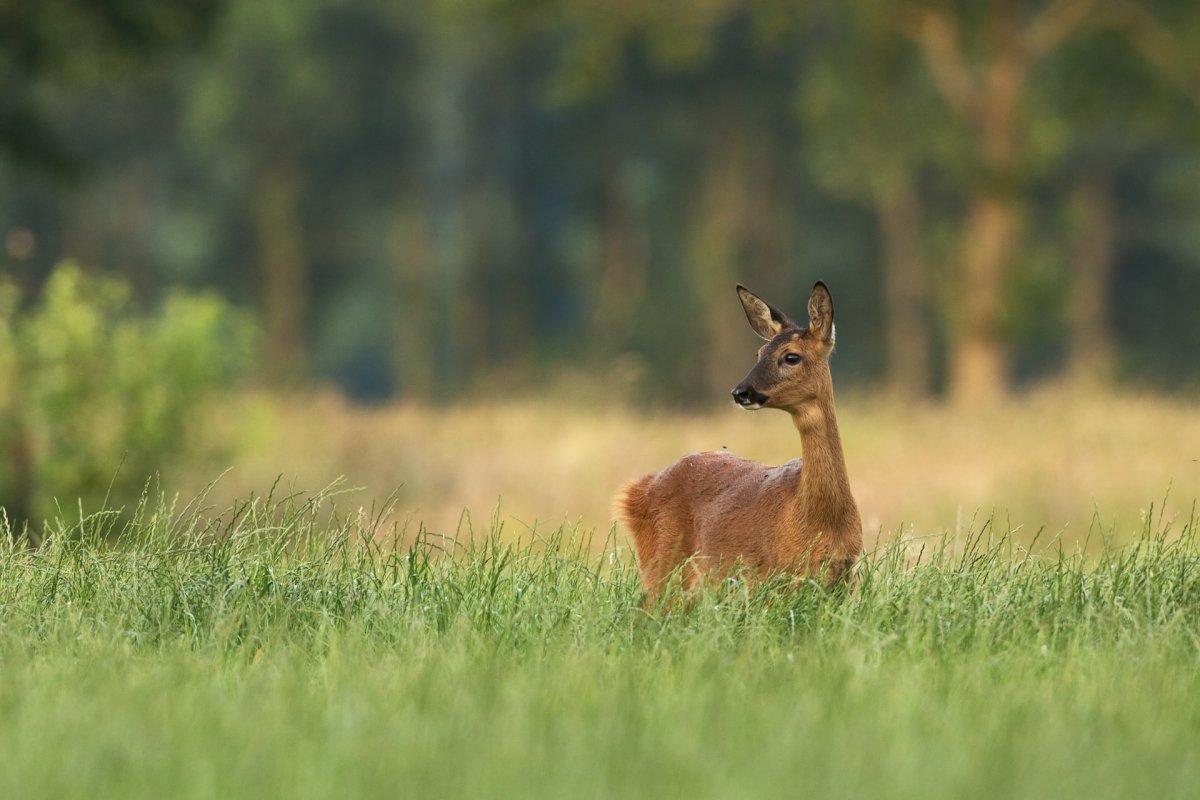
- Name: Roe deer
- Scientific name: Capreolus capreolus
- Conservation status:
The roe deer, also known as the European roe, the western roe deer, or simply the roe, is a species of deer native to almost the entirety of Europe, outside of some islands such as Ireland, Corsica, Sicily, and Sardinia.
In Monaco and other Mediterranean areas, it is confined to the mountainous regions and usually does not descend very low. Usually, it stays within dense vegetation cover during the day and emerges at dusk and at night.
2. Common crane
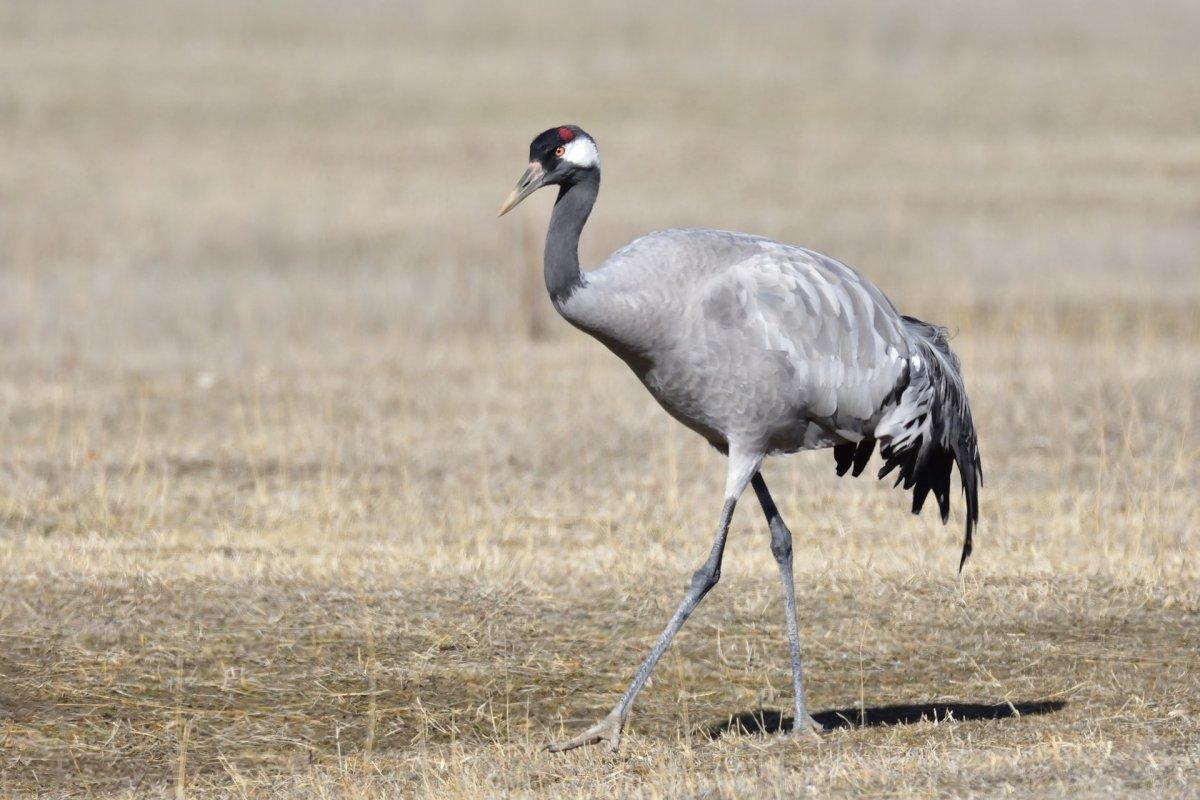
- Name: Common crane
- Scientific name: Grus grus
- Conservation status:
The common crane, also known as the Eurasian crane, is a species of crane native to much of Eurasia; while it spends most of the summer in colder regions of the Northern Hemisphere, it migrates during the winter to southern areas such as Monaco, the Mediterranean Basin, Africa, the Middle East, southeastern Asia, and the Indian subcontinent.
Despite its name, this crane is not common everywhere: in the United Kingdom, for instance, it is locally extinct, and reintroduction projects are underway.
3. Red fox
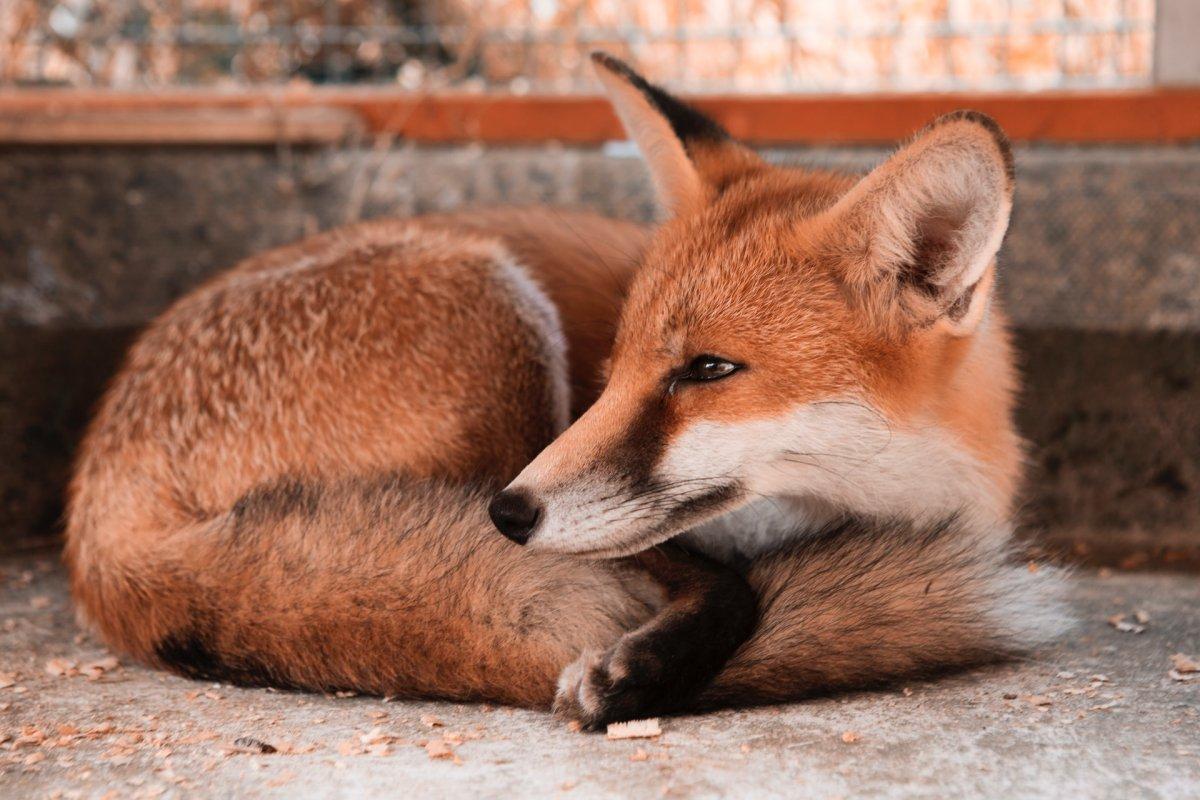
- Name: Red fox
- Scientific name: Vulpes vulpes
- Conservation status:
The red fox is a large species of fox, and one of the most widely distributed carnivores on the planet, being found almost anywhere in the Northern Hemisphere, as well as in Australia, where it is considered one of the world’s top 100 worst invasive species.
This animal has had a long history of interaction with humans, especially since its range is growing alongside human expansion (it can be found in suburban and urban areas).
4. Atlantic puffin
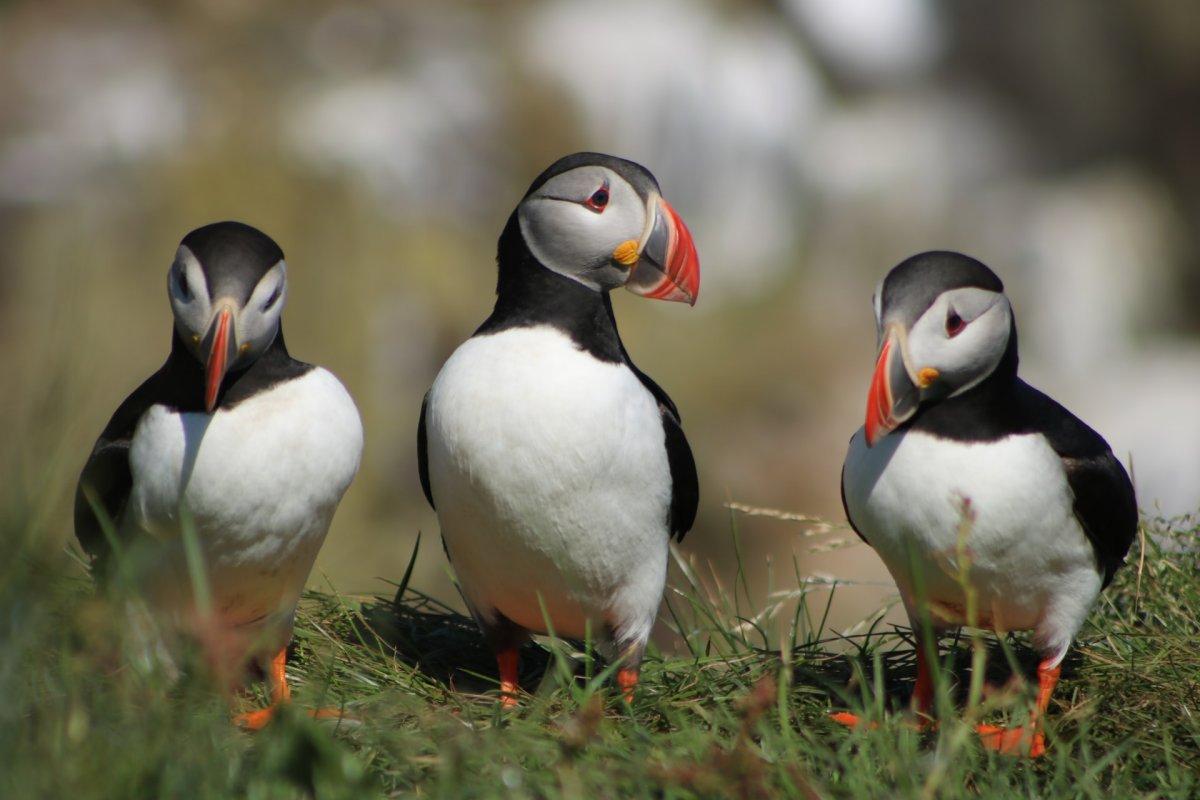
- Name: Atlantic puffin
- Scientific name: Fratercula arctica
- Conservation status:
As its name suggests, the Atlantic puffin is a species of seabird native to the Atlantic Ocean. However, similarly to the common crane, it is a migratory bird that breeds in the northernmost parts of the globe and migrates to the Mediterranean Basin, as well as the northwestern coastline of Africa and the northeastern coastline of the Americas.
This species usually breeds in uninhabited islands with no terrestrial predators, but its main natural threats are gulls and skuas, which either take its young or steal its fish.
5. Common dolphin
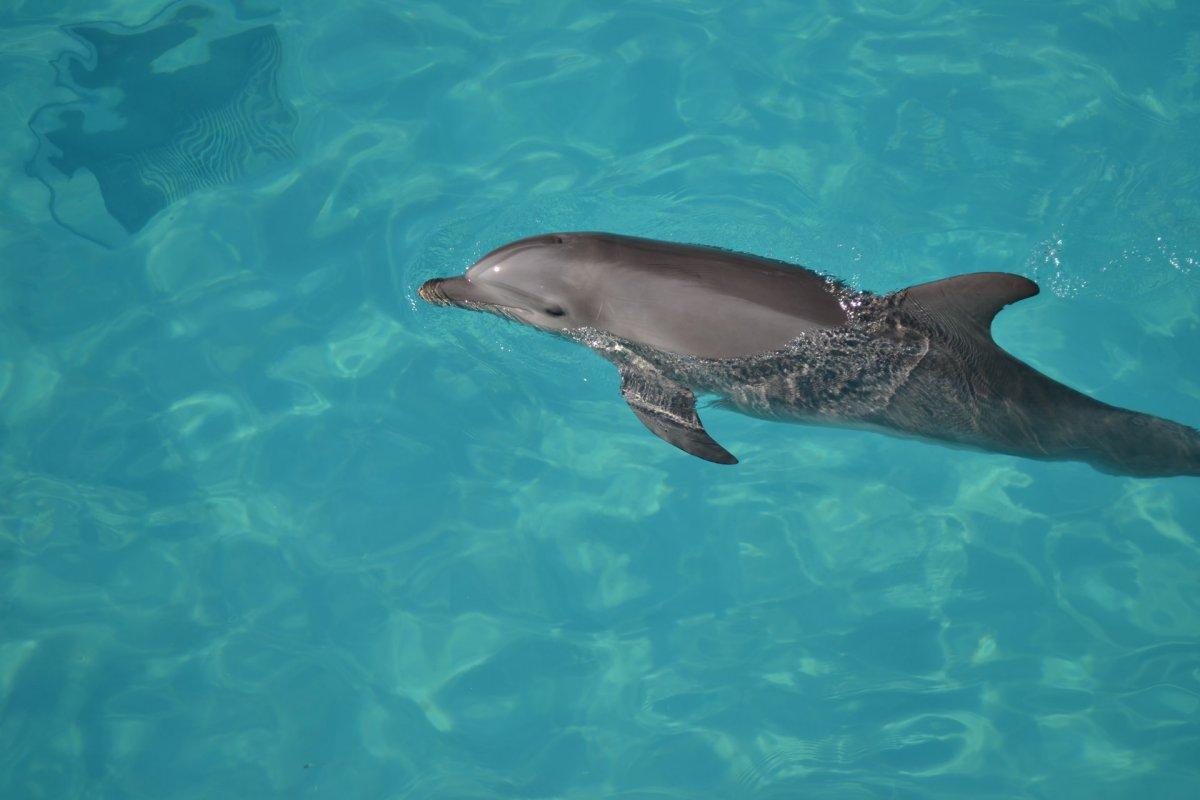
- Name: Common dolphin
- Scientific name: Delphinus delphis
- Conservation status:
The common dolphin is, as its name suggests, common. And what I mean by that is that its numbers reach about 6 million, making it the world’s most abundant cetacean. Despite this, it is actually the bottlenose dolphin that is more popular and widely known, mainly due to its appearance in the media and aquaria.
This dolphin can be found in the Mediterranean, both off the shore of Monaco and in its coastal waters.
6. Least weasel
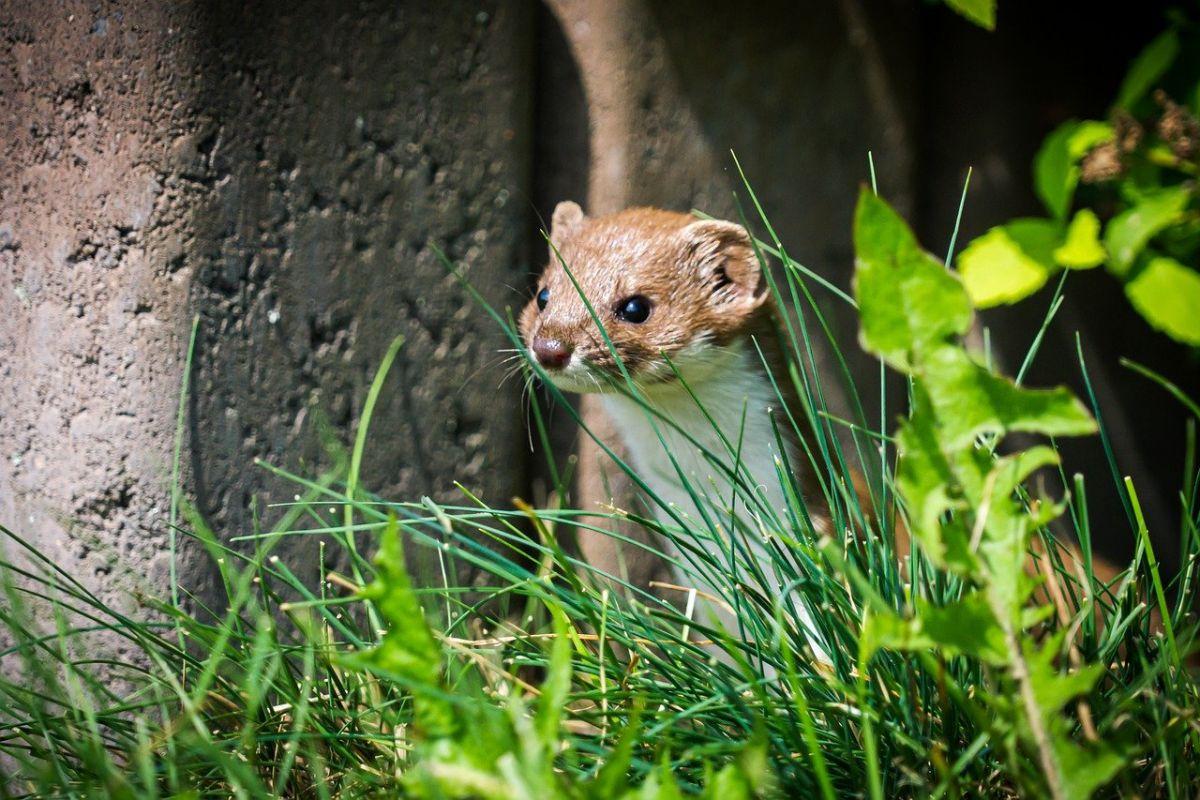
- Name: Least weasel
- Scientific name: Mustela nivalis
- Conservation status:
The least weasel, also known as the common weasel, the little weasel, or simply the weasel, is one of two species of carnivores that can be found in Monaco, alongside the red fox. While it is native to much of Eurasia, North Africa, and North America, it has also been introduced to several islands such as New Zealand, Crete, and Malta.
The diet of this weasel is mainly made of small rodents, but it also feeds on birds and their eggs, frogs, and fish.
7. Blind mole
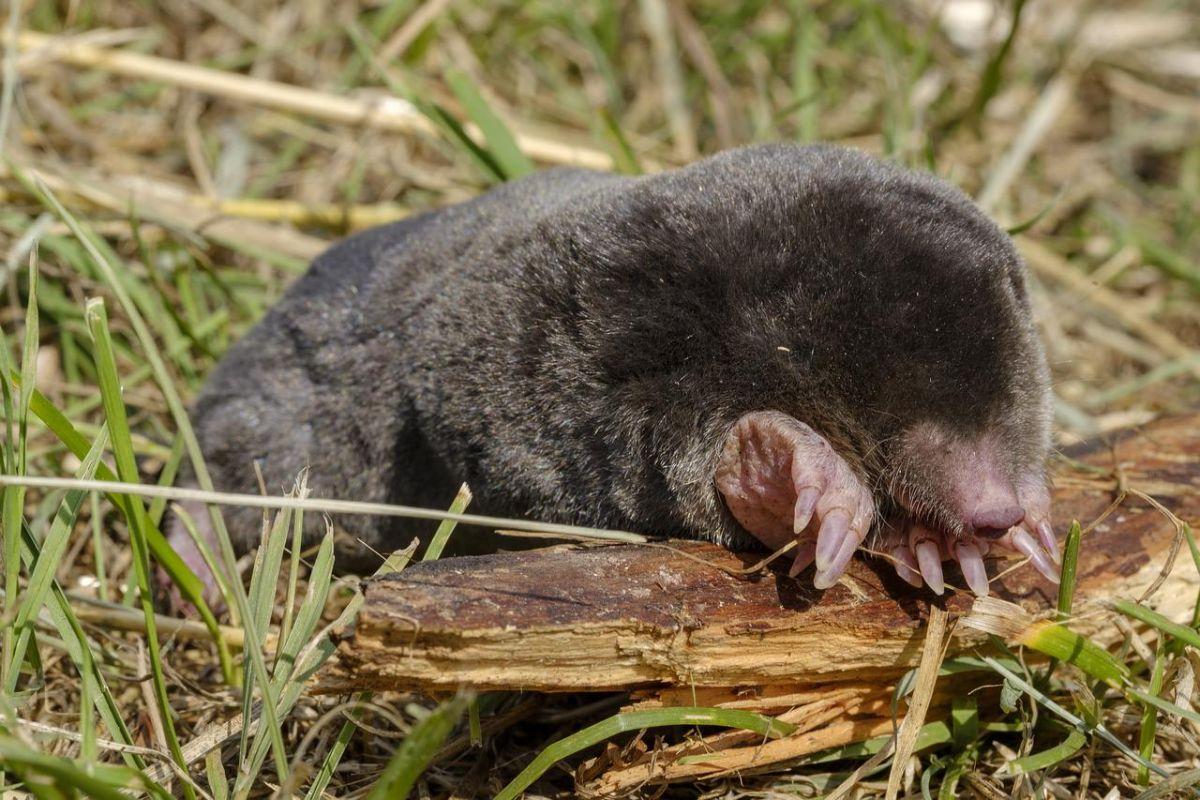
- Name: Blind mole
- Scientific name: Talpa caeca
- Conservation status:
The blind mole, also known as the Mediterranean mole, is a species of mole native to the Mediterranean region. Although very similar to the European mole, its eyes are covered with skin, which is why it is blind.
Aside from Monaco, the blind mole can be found in Albania, Greece, France, Switzerland, Slovenia, Turkey, Montenegro, Serbia, and San Marino. It can grow up to 12 cm / 4.7 in in length, and is a carnivore, well-known for its complex underground tunnel system.
8. European hedgehog
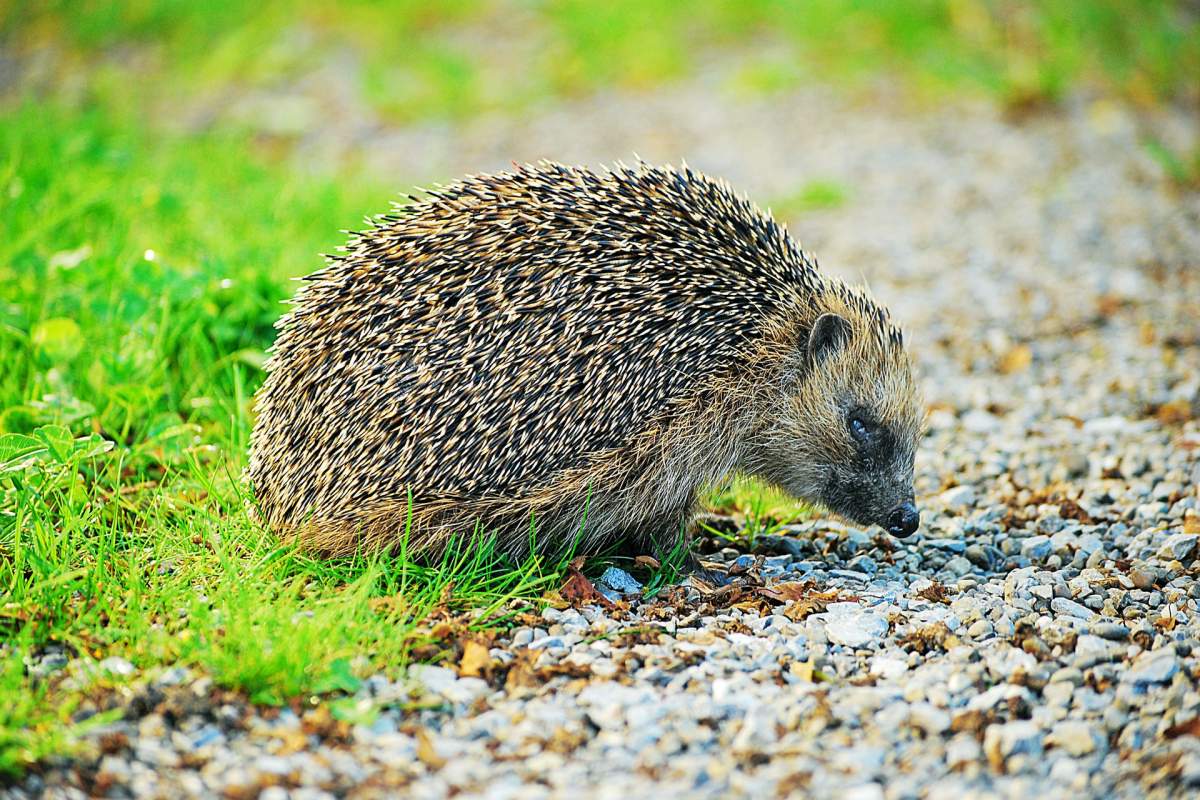
- Name: European hedgehog
- Scientific name: Erinaceus europaeus
- Conservation status:
Believe it or not, the European hedgehog is one of the national symbols of Monaco. Not only that, but it is also the unofficial symbol of NATO, due to its defensive stance and peaceful behavior!
This hedgehog, also known as the West European hedgehog or the common hedgehog, is commonly seen in Monacan gardens, where it is widely appreciated due to its feeding habits: it takes care of a wide range of garden pests!
9. Hen harrier
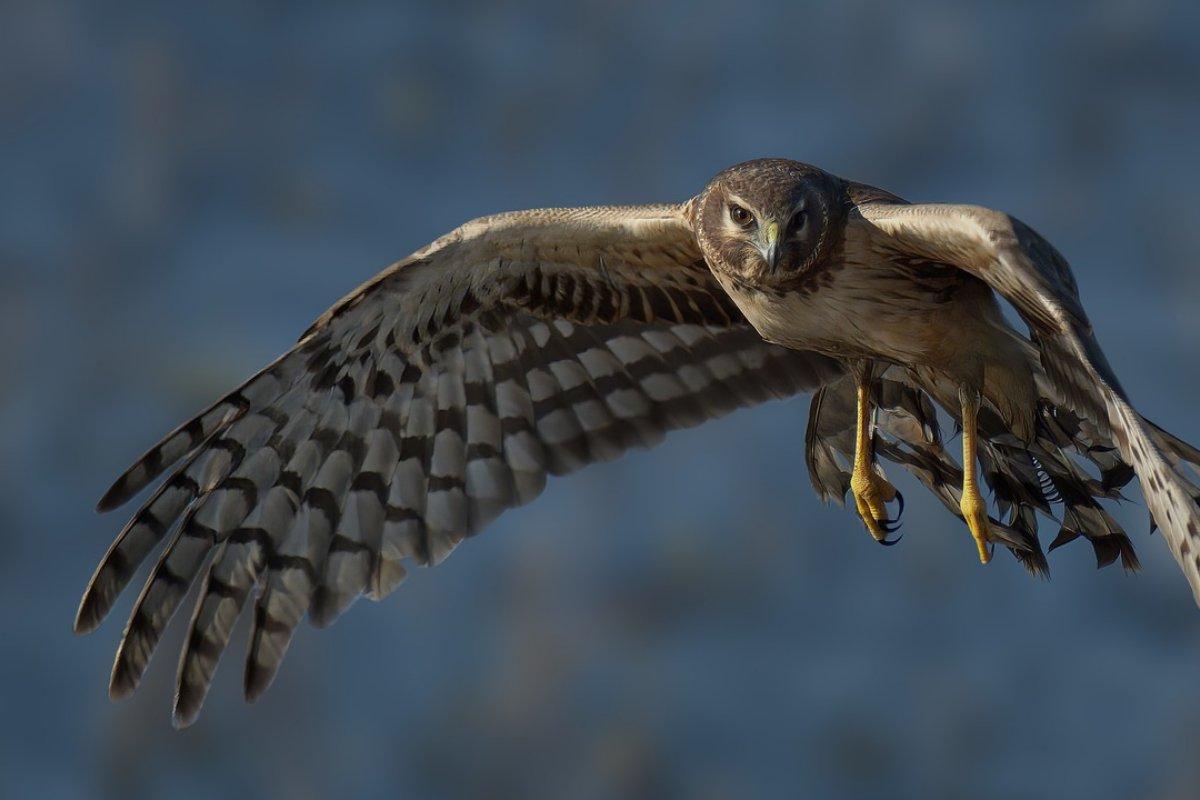
- Name: Hen harrier
- Scientific name: Circus cyaneus
- Conservation status:
The hen harrier is a species of bird of prey breeding in Eurasia and migrating to the south during the winter, in countries such as southern France, Monaco, and Egypt.
This harrier can be found in the prairies, farmland, coastal prairies, grasslands, swamps, and marshes of Monaco. It is one of the few raptors to practice polygyny, as one male often mates with lots of females. When it comes to hunting, it flies low over the ground, and mainly feeds on small mammals, which make up 95 percent of its diet.
10. Little owl
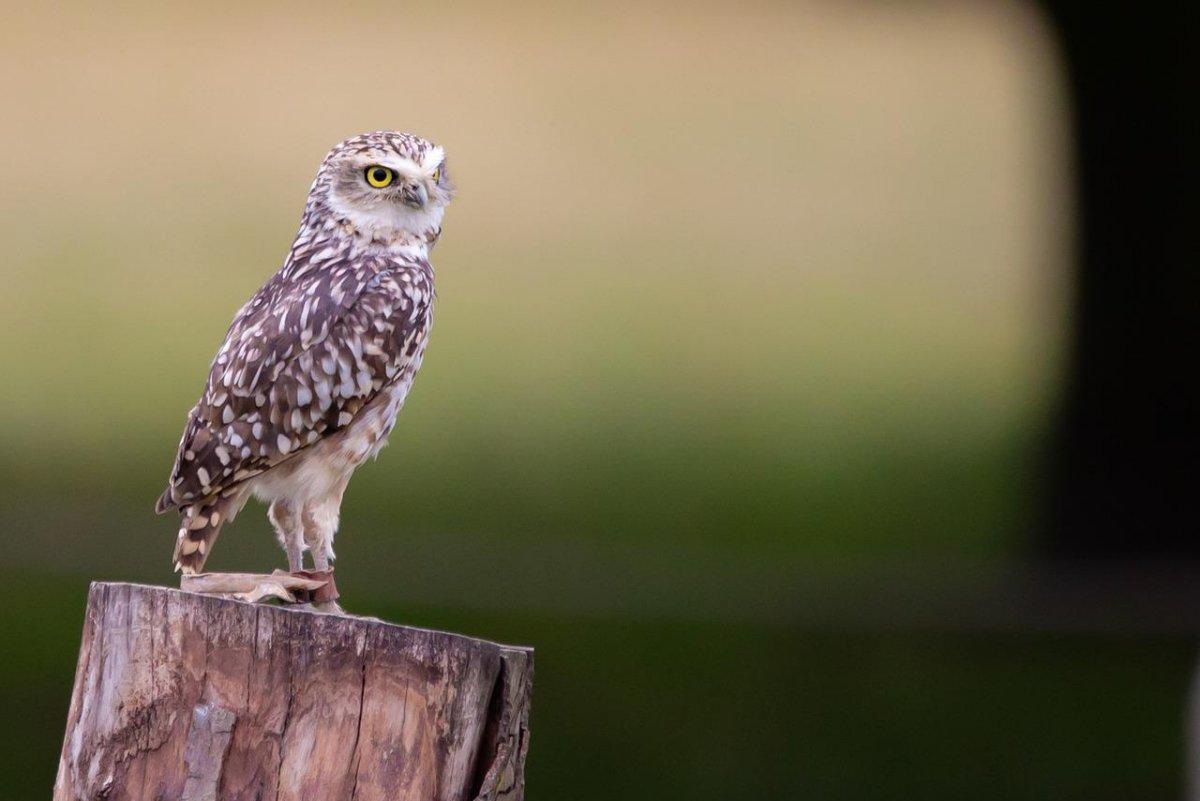
- Name: Little owl
- Scientific name: Athene noctua
- Conservation status:
The little owl, also known as the owl of Minerva or the owl of Athena, in reference to the Greek and Roman goddess, is a small species of owl native to much of Eurasia, as well as North Africa, the Arabian Peninsula, and Central and East Asia.
It inhabits the temperate and warm areas of the region and primarily feeds on insects, earthworms, small vertebrates, and invertebrates. It has a very wide range and is fairly common, which is why it is listed as least concern.
—
So there you have them, these were my 10 wild animals in Monaco. I hope you enjoyed this list and that you learned something new today.
In case you want to learn more about animals in the country, feel free to keep reading, as I still have lots of things to tell you about:
Endangered Animals of Monaco
This is definitely the saddest part of the list, but it is very important to raise awareness. Because of this, let’s go through the list of endangered animals in Monaco.
Here are the animals in danger of extinction in Monaco.
- None
- Angelshark
- Tope
- Balearic shearwater
- European eel
- Blackchin guitarfish
- and 6 more…
- Basking shark
- Angular roughshark
- Spinetail devil ray
- Little gulper shark
- Spiny butterfly ray
- and 2 more…
To see the full list of endangered species in Monaco, head over to the International Union for Conservation of Nature’s Red List.
What is the National Animal of Monaco?
The national animal of Monaco is the European rabbit… and the European hedgehog… and the wood mouse! Because yes, Monaco has in fact 3 national animals for the price of 1.
Both the European hedgehog and the wood mouse are extremely widespread and common within Europe, while the European rabbit is on the decline.
So you don’t know why these animals were chosen for the millionaire’s playground that is Monaco? Well, no one really knows: it is still a mystery why Monaco chose 3 instead of 1 national animal, and why these ones.
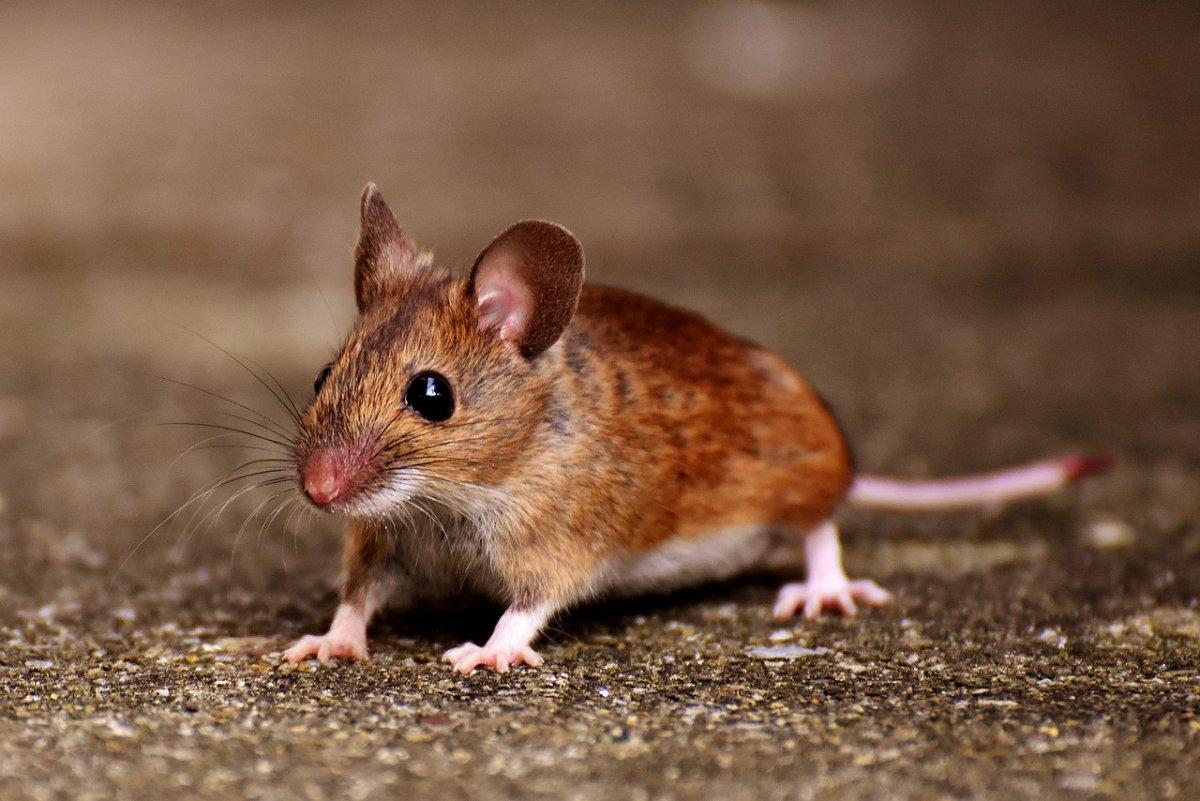
How Many Animals Native to Monaco?
What is the diversity of native animals in Monaco?
Let’s look at the total number of species of Chordata (mammals, birds, fishes, and reptiles).
Total number of animal species in Monaco: 443 (3,149 in total in Europe)
More About Animals in the World!
Loved these Monaco animal facts? Want to see what animals live in other countries?
Then check out these posts:
Or click here to see ALL the facts up on the blog! Spoiler alert: there’s A LOT of them.
Share the knowledge! Click on the buttons below to share information about these famous animals in Monaco with your friends, and help them learn more about the world 🙂

![33 Wild Animals in New Zealand [Wildlife in New Zealand]](https://www.kevmrc.com/wp-content/uploads/2023/01/33-wild-animals-in-new-zealand.jpg)
![17 Wild Animals in Tonga [Wildlife in Tonga]](https://www.kevmrc.com/wp-content/uploads/2023/01/17-wild-animals-in-tonga.jpg)
![33 Wild Animals in Ecuador [Wildlife in Ecuador]](https://www.kevmrc.com/wp-content/uploads/2022/06/33-wild-animals-in-ecuador.jpg)